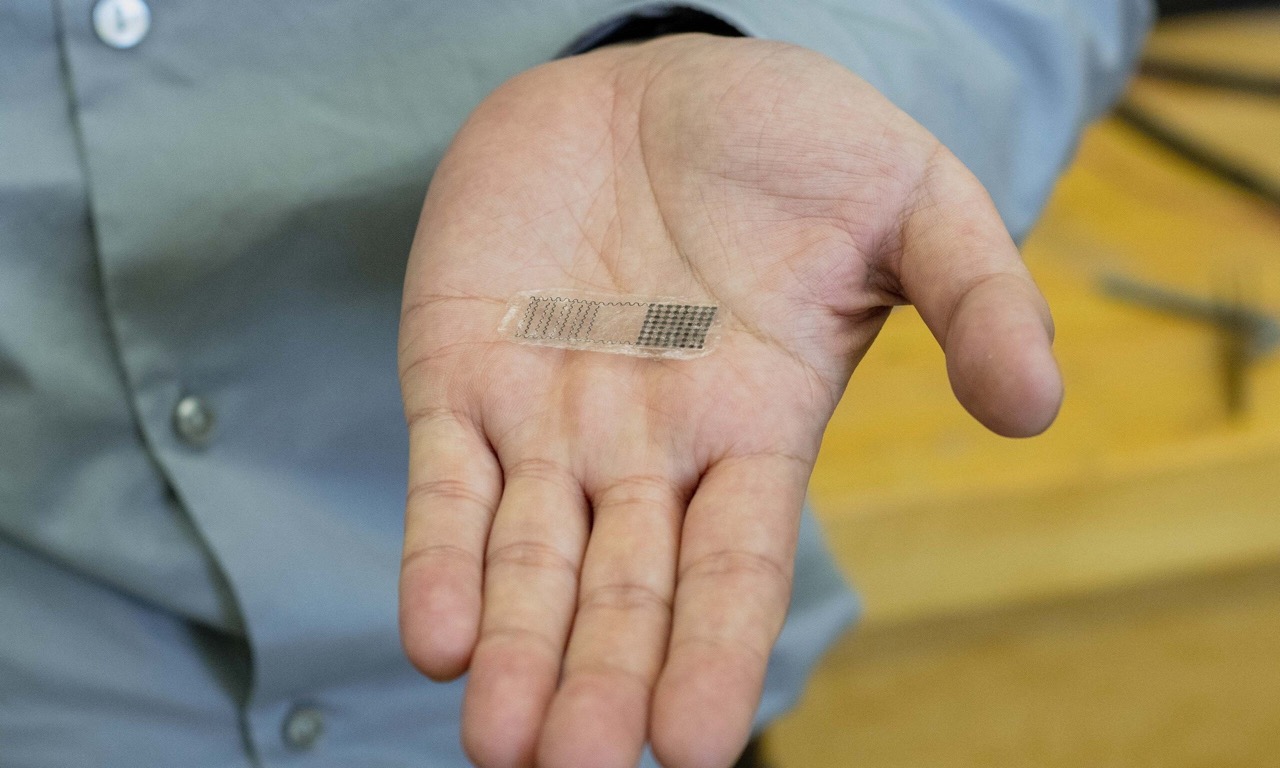Share This Article
Chinese biodegradable wireless device will safely power bioelectronic implants
Chinese scientists from Lanzhou University have developed a biodegradable wireless device that can be implanted in the body and store energy. The purpose of the device is to power bioelectronic implants such as monitoring sensors or those that automatically deliver drugs into the body.
According to a Chinese publication, bioelectronic modules implanted in the body provide high accuracy in assessing the body’s work and help treat various diseases. At the same time, the method of implantation is minimally invasive. A significant disadvantage of using such implants is their power supply’s imperfection.
Features of the functioning of a biodegradable device
Although it took quite a long time to develop biodegradable power modules, they are suitable for single use only. Furthermore, the devices do not provide enough energy to allow them to do full medical work.
Power modules connected to transdermal chargers are standard, but these devices can cause inflammation. In the case of devices with rechargeable batteries, there will be a need for battery replacement surgery. In both cases, there are risks for the patient.
A safer alternative may be a biodegradable wireless power system. It is highly efficient at storing energy and does not damage tissues when interacting with them. The device can synchronise with organs and tissues and replicate their shape.

The implant developed by Chinese scientists consists of these elements:
- a magnesium coil responsible for charging the device. At the same time, the transmitting coil is above the implant – on the skin;
- the current passes through a circuit before entering the energy storage unit;
- the energy storage unit, which contains zinc-ion hybrid supercapacitors;
- supercapacitors, which can store energy in the form of electricity, unlike standard batteries, which store chemical energy;
- the device has a wax and polymer capsule, allowing flexibility and twisting like the surrounding tissue.
It is worth noting that compared to batteries, supercapacitors have a lower energy density per unit volume but a higher power density. This allows the device to deliver large amounts of energy. This, in turn, flows into the bioelectronic implant. In addition, some of the energy is constantly present in the supercapacitor, which allows it to maintain a high power output even after recharging.
The device’s developers note that its copper and zinc are safe for the body, as their concentration is below the norm for daily consumption. This makes the biodegradable wireless implants fully compatible with the body’s tissues and systems.

